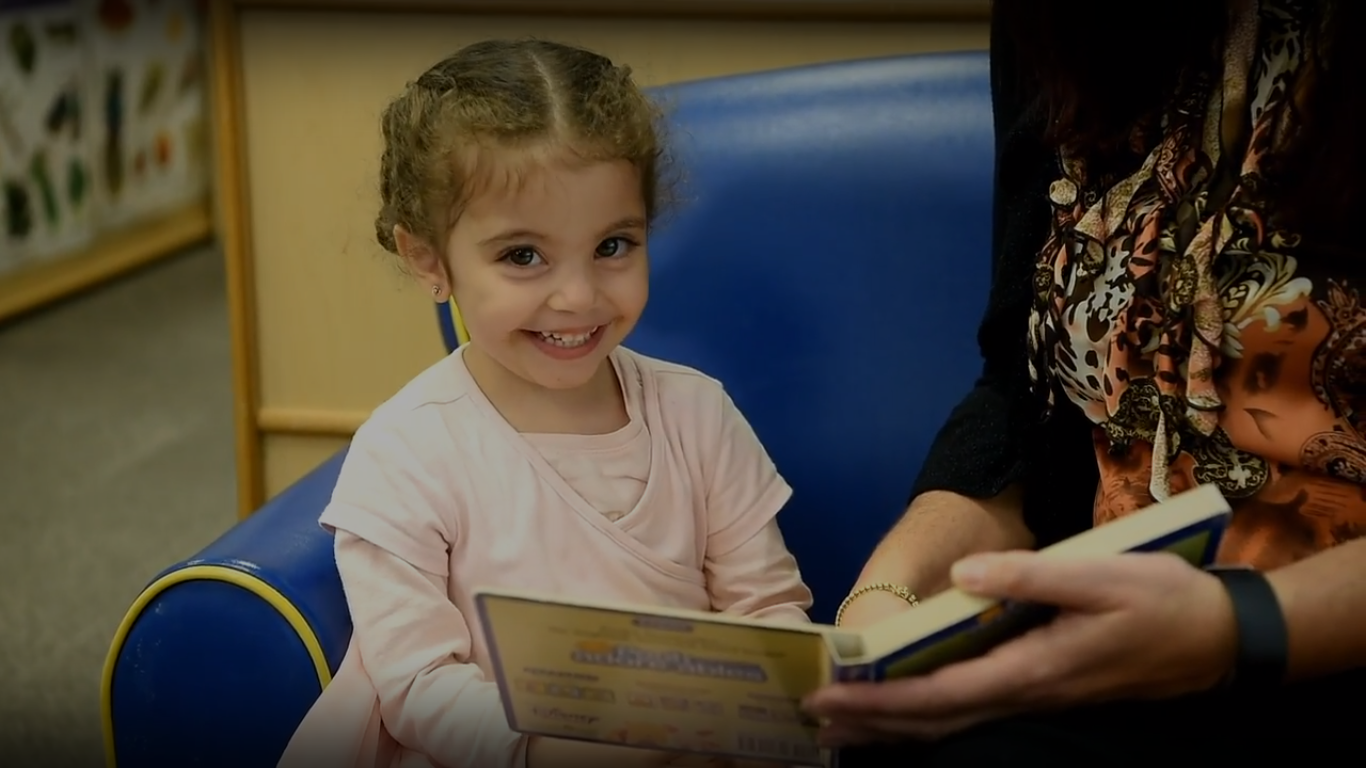The Importance of Language and Literacy for Children in Daycare – Part 2
The Importance of Language and Literacy for Children in Daycare – Part 2 by Susie Beghin
Language and Literacy is key part of the 4 Pillars of Learning at Alpha’s Discovery Kids Preschool and Daycare, with locations in Mississauga and Oakville. This month, we will continue to examine Language and Literacy for children in daycare and provide tips on how parents can incorporate the curriculum in their own homes.
How to Foster a Love of Reading
The benefits of phonological learning in preschoolers is widely accepted by educators and child development experts. As part of our Language and Literacy Program, we utilize the highly successful Jolly Phonics literacy program. We focus on first learning letter sounds, not names, and rather than following the traditionally accepted alphabet sequence, we start with the most common letter sounds. The first ones we concentrate on are S A T, the common letter sounds in the English language. We sing songs to help develop association with the letter sounds, and then progress through the rest of the alphabet in a similar fashion. Once the sense of the letter sounds is developed, we learn the letter names. This approach encourages early reading in a fun way, and early reading helps develop literacy skills.
There are several ways we approach reading in the daycare and preschool environment. There are two types of reading activity: Interactive Reading and Dialogic Reading. Interactive Reading itself then takes two approaches. The first approach is the traditional storyteller format—an adult or older child reads to a child or group of children. The children listen and observe, but do not actively participate in the storytelling itself. In the second approach, the adult prompts the child or children with questions like “What do you think will happen next?” The children are encouraged to fully participate in the storytelling experience by asking questions, or making statements related to the narrative and their understanding of it. This type of reading encourages reading comprehension, projection, big picture thinking, and creativity.
Dialogic Reading, on the other hand, puts the child in charge or the narrative. The child tells the story to an adult or other children, either by reading or reciting from memory, or creates a story entirely their own by interpreting the pictures in a book in their own way. This creative interpretation puts the child in charge, encourages creativity, and develops language and vocabulary skills. This approach requires a lot of patience as the child will tell the story in their own way and we should refrain from correcting them as they tell the story.
Children’s Choice is Best
When reading we let the children choose the books they want to hear or read, because if the book is not interesting to them, they won’t engage. Reading won’t be fun, it will be a chore, or worse, a punishment. If a child is starting to read on their own, we let them go at their own pace, not rushing them along. When they make a mistake on a word, a correction is gently made to help them remember for next time, but it does not become the focus of the activity.
These are just some of the ways we incorporate Language and Literacy skills in our classrooms to help your children thrive. Stay tuned for our next blog post, where we will provide you with ways you can continue and enhance your child’s Language and Literacy development at home. If you want further information about our 4 Pillars of Learning click on the Curriculum page.
Thanks for reading The Importance of Language and Literacy for Children in Daycare – Part 2

